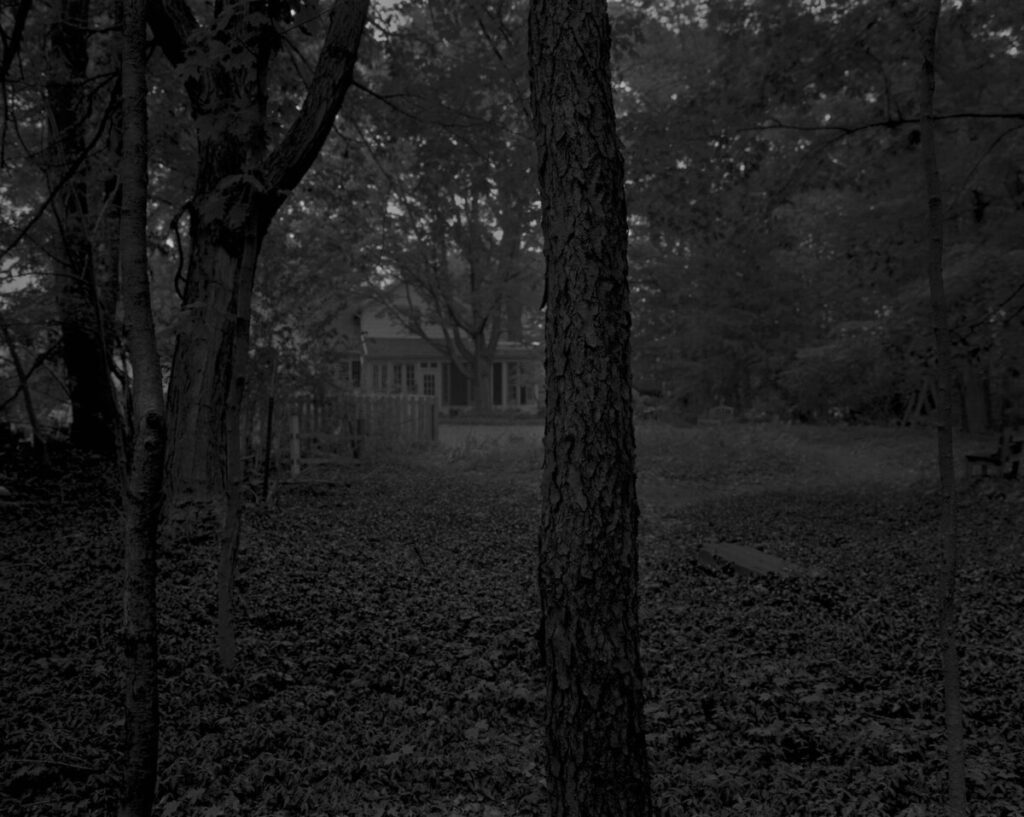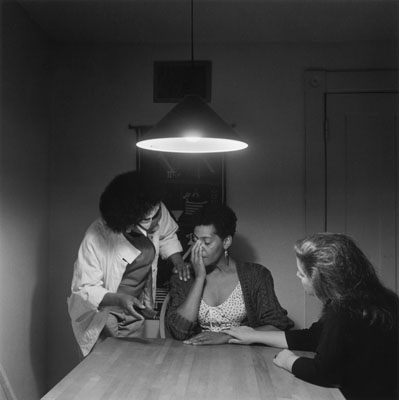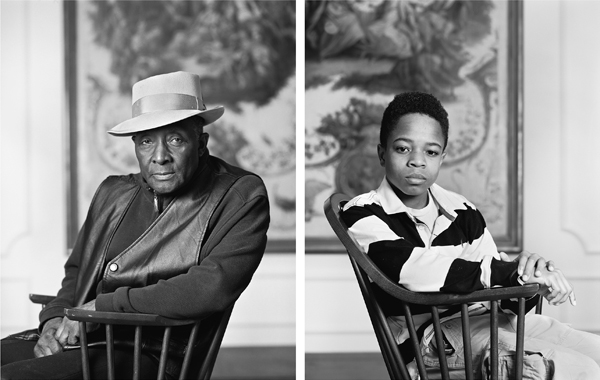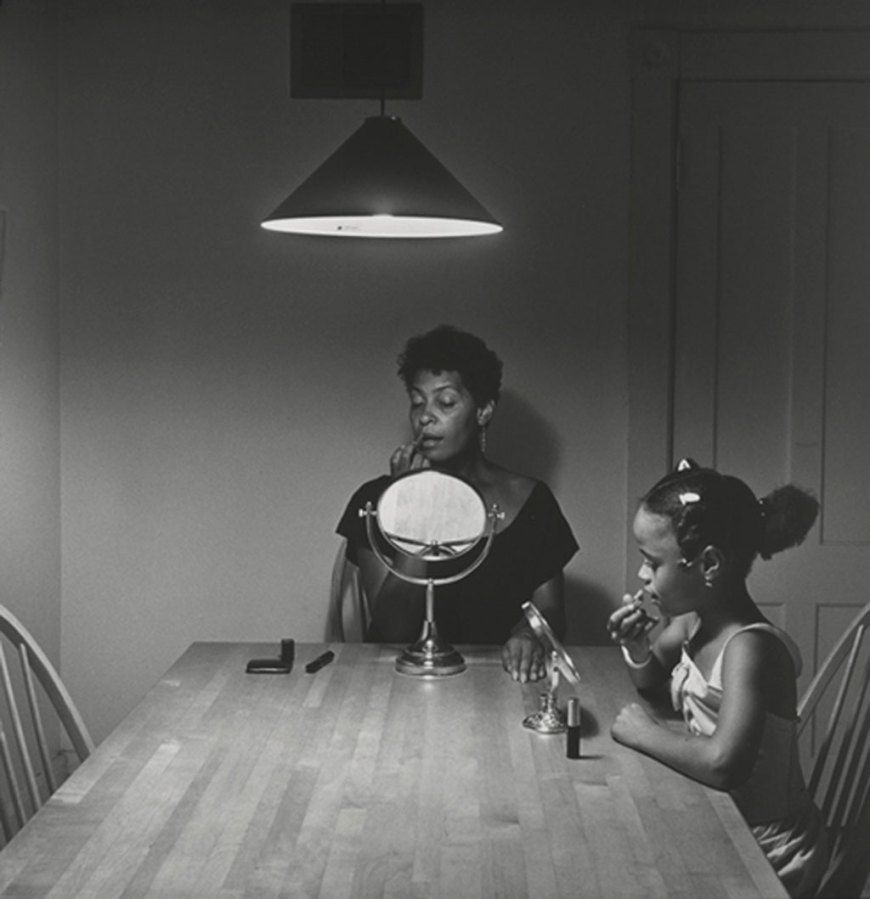Black American photographer Dawoud Bey is known largely for his portrayal of black lives through the lens of his camera. Hoping to change the narrative of how communities of color were viewed Bey would lend his perspective to create still images that were moving and powerful with depth and a sense of intimacy to the subjects he photographed. Starting his career in 1970s Harlem as a street photographer he became reknown for his style and subject matter with his outlook hoping to ‘reshape the world, one person at a time. With much success Bey turned his eye to creating images with much deeper perspectives and meaning behind them. Moving away from faces and figures he turned to landscapes with a focus on where the Underground Railroad trails followed. Viewing these as a ‘radical reimagining of history’ he chose the viewpoint from the runaway slaves eyes and how they would see the landscape in that time. I found his perspective fascinating, the way he chose to shoot the photos was such a deep connection to history and when looking at them you could easily imagine what the runaway slaves may have felt in the dark of night running for their freedom and their lives.
Carrie Mae Weems, a black female photographer, celebrated for her Kitchen Table Series from her own life in the 1990s. Her Kitchen Table Series is as straightforward as the title suggests but exudes a much more complex perspective into the life of the American family — the black American family— the life of a black woman in America. Her series explores the social living arrangement of her everyday life of being a woman as well as interacting with pets, children, and lovers. It seeks to challenge the stereotypes of what these social contracts expect us to accept as universal as ‘normal’. The viewpoint from the kitchen table, I believe, helps to accentuate the scenes she has created for her viewers, whether tense, inviting, engaging, fun etc, lending a familiar setting that anyone can relate to being in at one point or another in their lives.
Dawoud Bey and Carrie Mae Weems are both very wonderful photographers of their fields and what I see that is similar between the two is the intimacy they create with their images. The stereotypes they help dismantle through the black American perspective is profound and helps establish a narrative other Americans of different ethnicities and races may not have noticed otherwise. How I think they differ is in their subjects, while they both have similar stories when viewing their images they are from different perspectives. Carrie photographs herself and her family from a familiar staged setting but with wide ranging atmospheres while Dawoud photographs others and captures their intimacy in their natural environment on the streets. I think the power of photography is beyond words, as they say a photo is worth a thousand words, but to try to capture that meaning would be something along the lines of the narratives that are told and the multiple perspectives that can be found from just one photo. The stories that photos hold help inform and educate generations for decades after.








Recent Comments